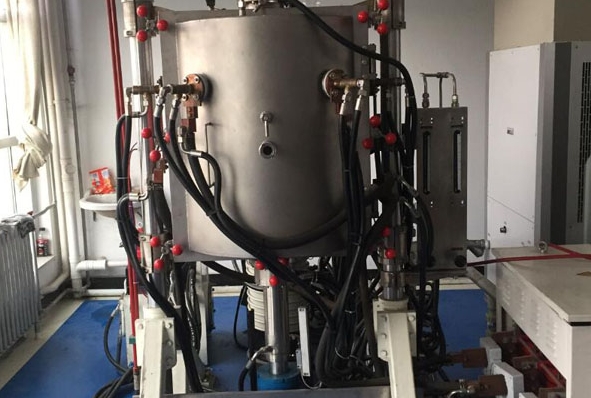- 30
- Dec
Leak detection method for vacuum sintering furnace
Leak detection method for Lub tshuab nqus tsev sintering rauv
There are many methods for leak detection in vacuum sintering furnaces. According to the state of the equipment to be tested, it can be divided into three types: bubble leak detection, boost pressure leak detection and helium mass spectrometry leak detection.
1, bubble leak detection method
The bubble leak detection method is to press air into the inspected part, then immerse it in water or apply soap to the suspicious surface. If there is a leak on the inspected part, the soap will bubble up, which can be judged by observing the bubbles. The presence and location of leaks. This leak detection method is mainly used in occasions where the connection of the vacuum furnace to be inspected is connected by flange bolts and can withstand positive pressure, and can be used for leak detection in small vacuum sintering furnaces or vacuum pipelines. If the vacuum sintering furnace has a complex structure, a large volume, and a large number of joint surfaces, the bubble leak detection method is usually used in the early stage of leak detection. This method is economical and practical, and can achieve better leak detection results.
2, boost leak detection method
The pressure-increasing leak detection method is to apply volatile liquid such as acetone to the suspected leak when the vacuum in the tested container reaches below 100Pa. If there is a leak, the acetone gas will enter the inside of the tested container through the leak. Determine whether there is a leak in the equipment from the pressure displayed on the vacuum monitoring instrument whether there is a sudden and obvious increase, and determine the existence and location of the leak. In the middle stage of vacuum sintering furnace leak detection, that is, when the bubble leak detection method cannot completely find the equipment leaks, the boosted leak detection method can further detect the leaks of the equipment, and the effect is good.
3, helium mass spectrometry leak detection method
Helium mass spectrometry leak detection is a common and more reliable vacuum furnace leak detection method. It uses the magnetic deflection principle of the helium mass spectrometer leak detector, and is sensitive to the leaking gas helium, so as to determine the leak detection method. This leak detection method makes full use of the strong penetration, easy flow, and easy diffusion of helium. The leak detection process is not easy to be disturbed, will not be misjudged, and has a fast response. When testing the vacuum sintering furnace, firstly inflate the pipeline, connect the leak detector as required, and connect the leak detector monitoring point to the previous vacuum pipeline as much as possible; secondly, consider the leak detection sequence of the leak detection point. Generally speaking, The frequently active vacuum part is given priority, such as the sealing ring of the vacuum chamber door, etc., and then the static contact points of the vacuum system, such as the vacuum gauge, the external flange of the vacuum pipeline, etc., are considered, followed by the air system and the water system .

